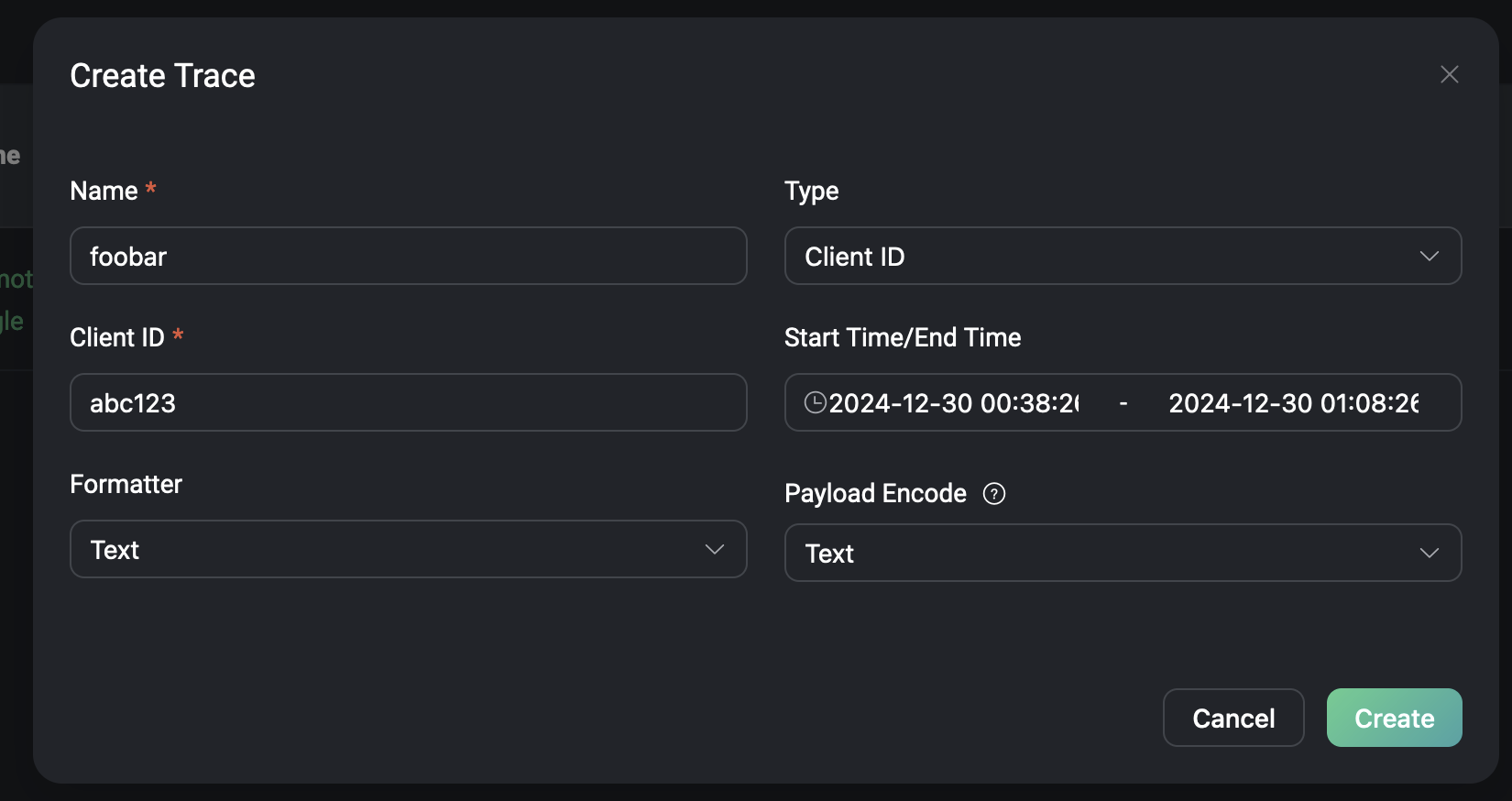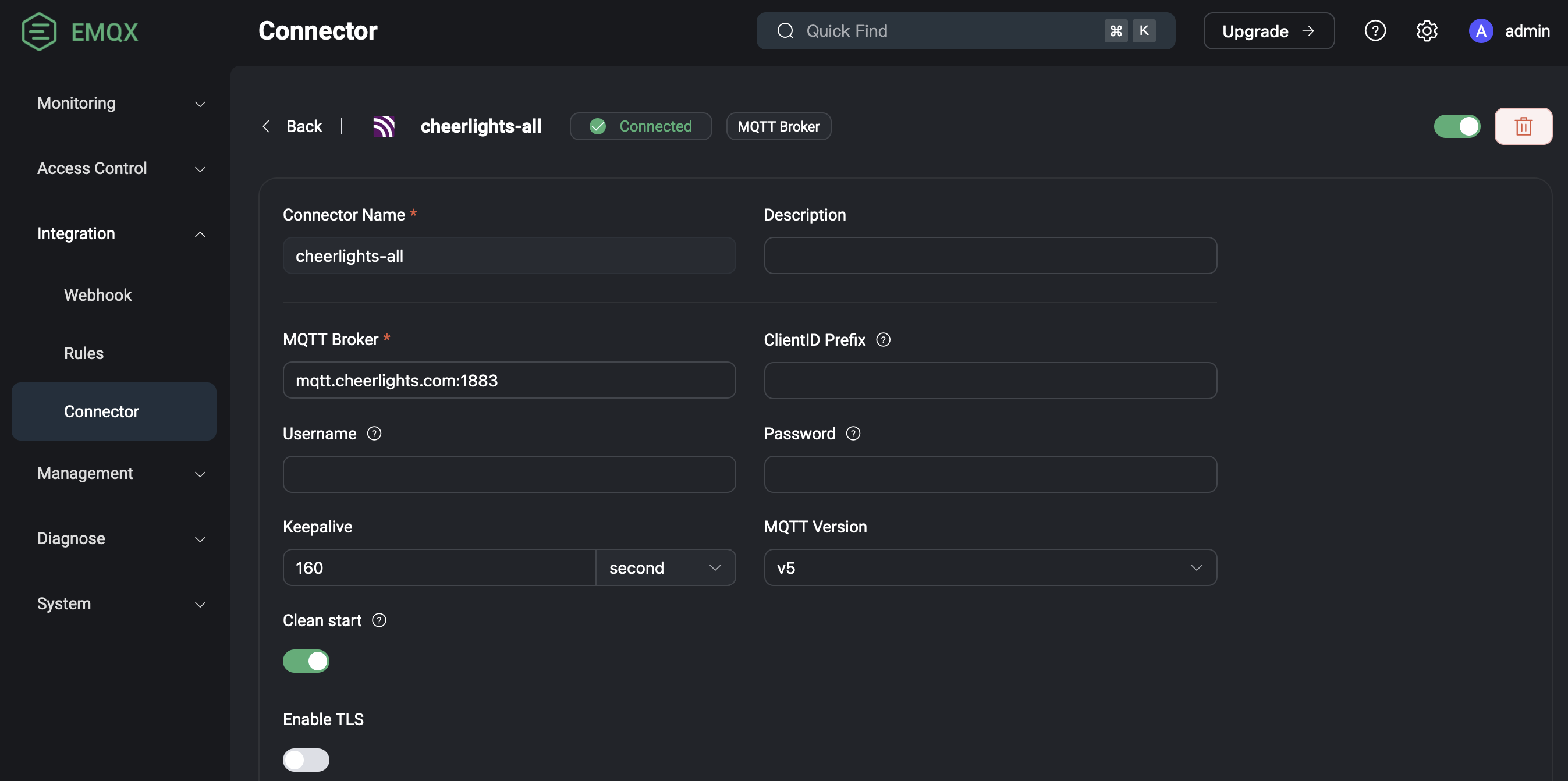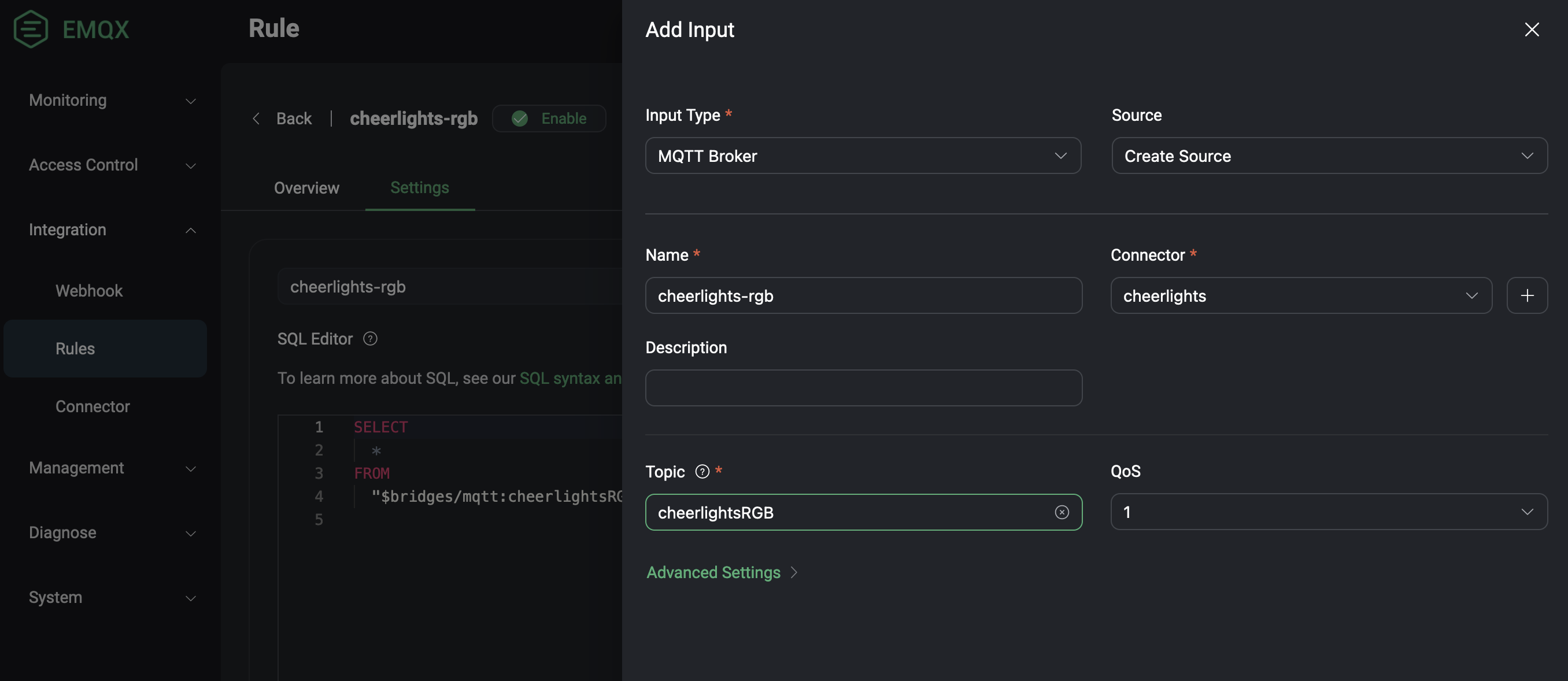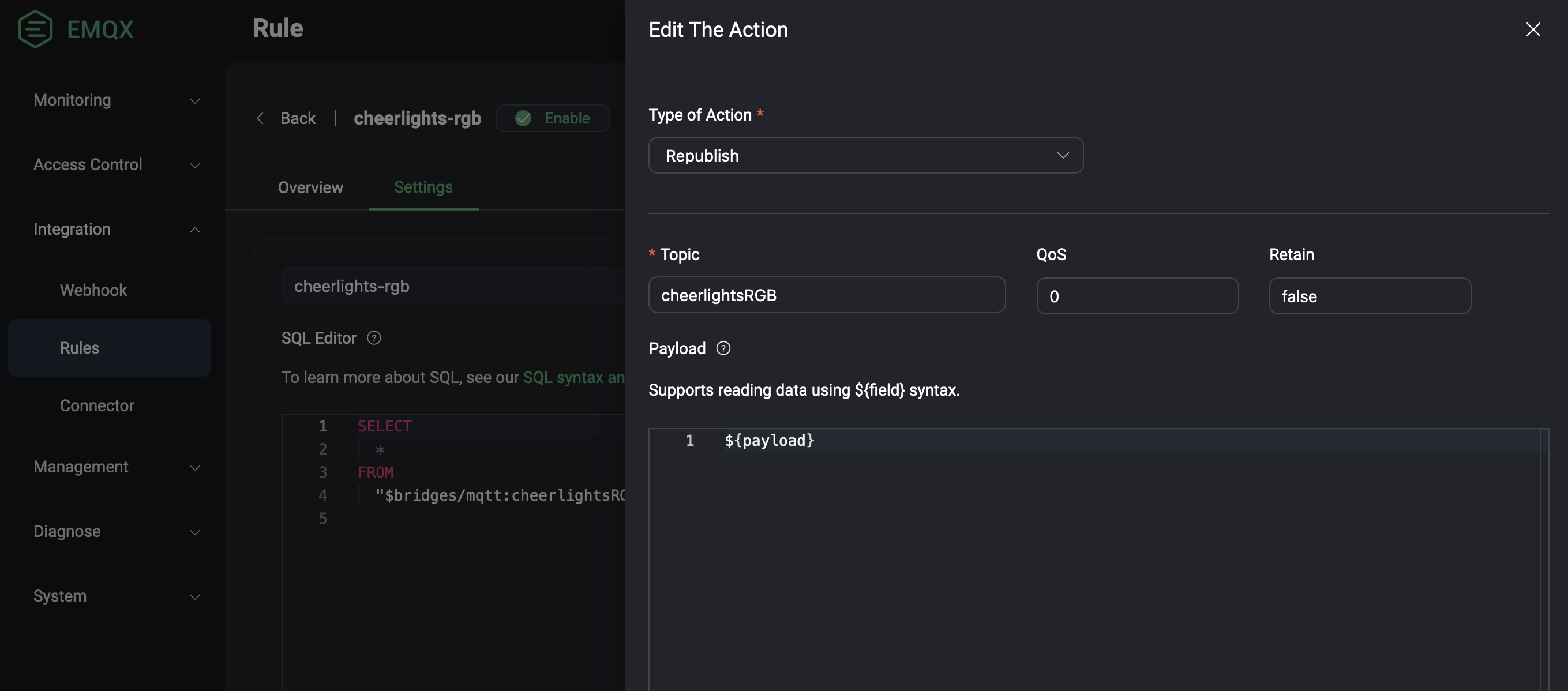EMQX Primer
I’ve been meaning to move my MQTT broker to my Home Assistant machine, and while doing that I started experimenting with a new broker, EMQX. Below is a short introduction and HOWTO where I reproduce my older Mosquitto setup.
My old setup was managed by Ansible, running on a SBC in my home network. Most of it is centered around Home Assistant so I installed EMQX as an addon in Home Assistant and started experimenting.
Table of Contents
why, though? #
I was just curious! Also, I’ve found the builtin web ui to be pretty decent to use – but the best feature is probably the builtin diagnostics tools.
The log trace was really helpful when troubleshooting ACLs, and having a builtin client is also really handy. I can do both of these using the standard Mosquitto tooling, though.

Access control #
Authentication (“who is it?”) and authorization (“what are they allowed to do?”) are optional with EMQX (!) but it is highly recommended to setup this before doing anything more.
Authentication #
- On the web ui, go to Access Control → Authentication
- Create a backend, for this I’ve used “Password-based” with “Built-in Database” to avoid external dependencies. I went with the defaults for all options.
- Now you can create traditional users (with passwords)
Authorization #
- On the web ui go to Access Control → Authorization
- Create a backend, I’ve used “File” and all defaults.
- Now you can setup ACL rules for your users and topics!
Deny by default #
One thing to notice here is that the default ACL is setup to permit anyone access to any topic! At the end of the ACL (found under Access Control → Authorization → Backend → Settings) you can find this comment:
%% NOTE! when deploy in production:
%% - Change the last rule to `{deny, all}.`
%% - Set config `authorization.no_match = deny`
In my case I’m running this as a Home Assistant addon, so I don’t have (easy) access to the configuration file – luckily we can inject configuration as environment variables!
In Home Assistant → Settings → Addons → EMQX → Settings → env_vars:
- name: EMQX_AUTHORIZATION__NO_MATCH
value: deny
Restart the addon to apply.
ACLs #
The ACLs for the file backend are done as Erlang tuples, which at first glance looks complicated but isn’t (just don’t miss the period at the end of each expression!).
%% Default ACL entries
{allow, {username, {re, "^dashboard$"}}, subscribe, ["$SYS/#"]}.
{allow, {ipaddr, "127.0.0.1"}, all, ["$SYS/#", "#"]}.
{deny, all, subscribe, ["$SYS/#", {eq, "#"}, {eq, "+/#"}]}.
%%%% My custom ACLs below
%% homeassistant is allowed read-only access to a few topics
{allow, {username, {re, "^homeassistant$"}}, subscribe,
["owntracks/#", "rtl_433/#", "cheerlightsRGB/#"]}.
%% You can use and/or conditions like so
{allow, {'or', [{username, {re, "^zigbee2mqtt$"}},
{username, {re, "^homeassistant$"}}]},
all, ["home/#", "homeassistant/#", "zigbee2mqtt/#"]}.
%% homeassistant is allowed read/write to a tasmota topics in addition to
%% zigbee2mqtt/# and homeassistant/#
{allow, {username, {re, "^homeassistant$"}}, all,
["tele/#", "cmnd/#", "stat/#", "tasmota/discovery/#"]}.
%% Regexp to allow tasmota devices (each with their own username) to
%% read/write on their own topics, based of their usernames
{allow, {username, {re, "^tasmota_"}}, all,
["tele/${username}/#", "cmnd/${username}/#", "stat/${username}/#",
"tasmota/discovery/#"]}.
%%%% default, deny anything else
{deny, all}.
More information in the documentation.
Bridge setup #
Setting up bridges in EMQX is slightly more involved than in Mosquitto, but in return does offers more flexibility in the action stage. You essentially need to setup a Connector to the other broker, and then a republishing rule.
In the example below I’m setting up a MQTT bridge from mqtt.cheerlights.com
to my local broker for the top level topic cheerlightRGB.
Setup Integration → Connector (I’ve used MQTTv5 due to reasons)

Create rule with connector as data input, remove the default placeholder.

The SQL should look something like this:
SELECT payload FROM "$bridges/mqtt:cheerlightsRGB"Create an Action Output of type Republish. Topic is where the received message will be republished on your local broker, and for payload you can just insert
${payload}to just republish the content as-is. Here’s a link to the documentation.
After this is setup, any messages published at mqtt.cheerlights.com on topic
cheerlightsRGB will be republished on our broker, as-is, on the same topic.